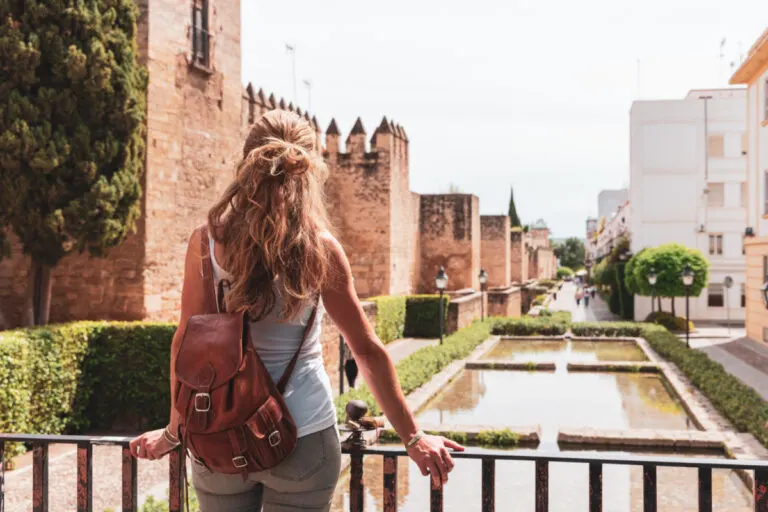Most American travelers who have visited Europe have probably spent at least some time in Spain.
The country is an iconic tourist destination and is having a real moment this year, with travelers arriving in record numbers throughout summer.
Many of its cities and regions are well known to American travelers, and with good reason.
Barcelona, Madrid, Valencia, the Costa del Sol – all of these places are rich in history, boast fantastic weather, are friendly and welcoming to travelers of all kinds, and are relatively affordable.
But there is much more to Spain than the flagship destinations, many of which could overlooked when planning a trip across the country.
I recently visited one such place, and that is Córdoba.

This small yet fascinating city in Spain’s beautiful Andalusia region in its southwest corner is home to important monuments, charming restaurants and hotels, and a more authentic taste of local life.
Here’s what I loved about Córdoba and why you should absolutely consider visiting on any trip to Spain:
Picture Perfect Old Town
Think of Spain, and you probably imagine narrow cobbled streets with brightly painted buildings overhanging on either side, adorned with decorative shutters and facades.
That is exactly what you’ll find in Córdoba – its old town district is a World Heritage site and is a postcard setting that feels like you’re walking through a dream.

Córdoba is sometimes called the city of flowers, and you will discover why in its old town thanks to its well-decorated courtyards and squares, particularly during the Courtyards Festival in May each year.
Take some time to explore this area at a slow place, and you will find something new at every turn – from energizing flamenco performances to atmospheric local bars.
Melting Pot Of Cultures
The most iconic sight in Córdoba is undoubtedly its Great Mosque (Mezquita-Catedral), which is ranked as the sixth-best attraction in Spain.
Situated in the heart of the old town close to the banks of the river Guadalquivir, this building is a window into this region’s past thanks to its mix of architectural styles.

It was originally built as a mosque in 785, during a period when Andalusia was the heart of Islamic Spain.
It features a maze of columns and decorated archways as well as the mihrab, which is sometimes regarded as one of the most important in the Muslim world.
In the center of the mosque, you will find an impressive baroque cathedral that was built inside after the Christians recaptured Andalusia during the Reconquista period in the 1200s.

After taking in the unique and beautiful interior architecture, you can seek shade in the orange trees that line the pretty courtyard outside the main building.
And if you want to take your history tourism even further back, there are some Roman temple ruins next to the city hall and a Roman bridge over the river.
Authentic And Unique Dining
There’s nothing I enjoy more than finding a real, local place to eat, and there is no shortage of them in Córdoba.
Even in the old town, which is the most touristy part of the city, you will find family-run places serving locally sourced food, and much to my own delight, locally brewed craft beer.

Delicacies of this region include salmorejo, which is a tomato-based sauce like gazpacho, rabo de toro, which is a beef stew, and berenjenas fritas, which is fried eggplant.
Sit back, relax, and grab some tapas so you can try a little of everything.
Fits Into Itineraries Easily
I visited Córdoba on a day trip from nearby Seville, a journey that takes only about 40 minutes on a non-stop train.
Because of Spain’s excellent and reasonably priced railway network, you can easily stop off in Córdoba on a longer trip taking in nearby sights such as Cadiz, Seville, and Malaga.

Many people do a point-to-point railway journey that starts in Seville and eventually end up in Barcelona, via Madrid.
Despite its relatively remote location in the Andalusian countryside, it is easy to get to, and it is oh-so worth it.
Credit: Source link

